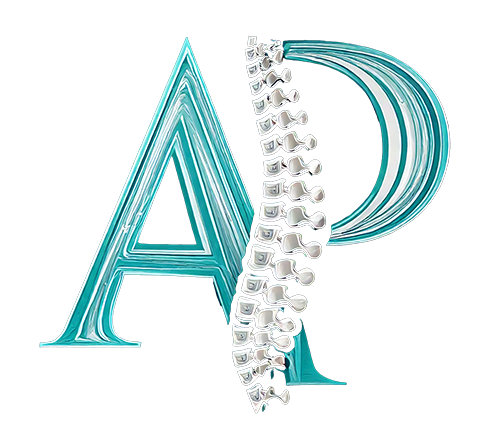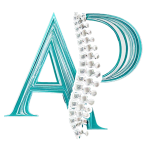Self Management Basics
The points made below are non-prescriptive, and intend to give an idea of the advice your osteopath may give you after fully analysing your case and giving you a diagnosis.
Studies repeatedly show that the best results come from treatment alongside self management. This might include:
- using a warm or cool compress
- stretches
- strengthening exercises
- general aerobic exercise
Your osteopath will give you advice tailored to your case at the end of your initial appointment. As your symptoms change, your self-management advice will be changed accordingly.

Heat vs Ice for Self Management
During the case history, we ask patients if they’ve found anything that makes their symptoms better or worse. It’s not uncommon for someone to say that they wanted to try heat or ice, but were unsure which was the right one.
As a general rule, ice is good for reducing inflammation, and heat is good for tight muscles. As heat can aggravate inflammation, and even sore muscles are typically a bit inflamed, ice is generally the safer bet. That said, you don’t want to keep it in place for more than 10 minutes per hour, as the aim is to take the edge off rather than limit the blood supply. There are also times when a bit of inflammation is a good thing. It comes up for a reason, and it brings nutrients to the area that needs it. The problems arise when the inflammation stays stagnant for too long, in which case contrast bathing might be the most appropriate.
Contrast Bathing
The term refers to the use of both a warm and cool compress. Some people prefer to do this in the shower, letting the water run warmer and cooler on the affected area. For others a cool pack and a wheat bag are more suitable. Your osteopath can advice what might be appropriate for you. Heat or ice alone should be used for no more than 10 minutes in an hour. Contrast bathing needs shorter and more frequent usage, as the idea is the heat opens up blood vessels and the cool closes them. This essentially creates a pump in the area, encouraging blood and fluid to come and go- great for moving on old inflammation.
Do not go straight from one extreme of temperature to the other. With contrast bathing, a couple of flannels that have been run under warm or cool water may be extreme enough. Your osteopath can also advise about how long you should let the skin acclimatise before switching to the other temperature.
Exercises for Self Management
The exercise plan your osteopath devises will be completely personalised to you. General exercise is almost always a good thing to promote healing and reduce pain. If you are recovering from an acute injury, this may not be appropriate, as you will be advised.
Stretching can be good to manage a tight muscle. Often we don’t realise that muscles are tight, because they cause a problem elsewhere. Patients often come in and mention their “bad posture” of rounded shoulders, but the shoulders themselves are often relatively comfortable. In this case, tightness comes from the chest muscles, and a combination of stretching the chest and strengthening the upper back can bring the shoulders back to where they should be. If this strain was causing problems elsewhere, such as in the neck or lower back, this might be the first step.
Strengthening is sometimes used in a seemingly counterintuitive way. For example, if a muscle is tight because it is working too hard, what we really need to do is make it work harder still in order to strengthen. If the demands placed on it are then less than it’s capable of, it will function better.
Make an appointment for your aches and pains in Leicestershire or Rutland here.

